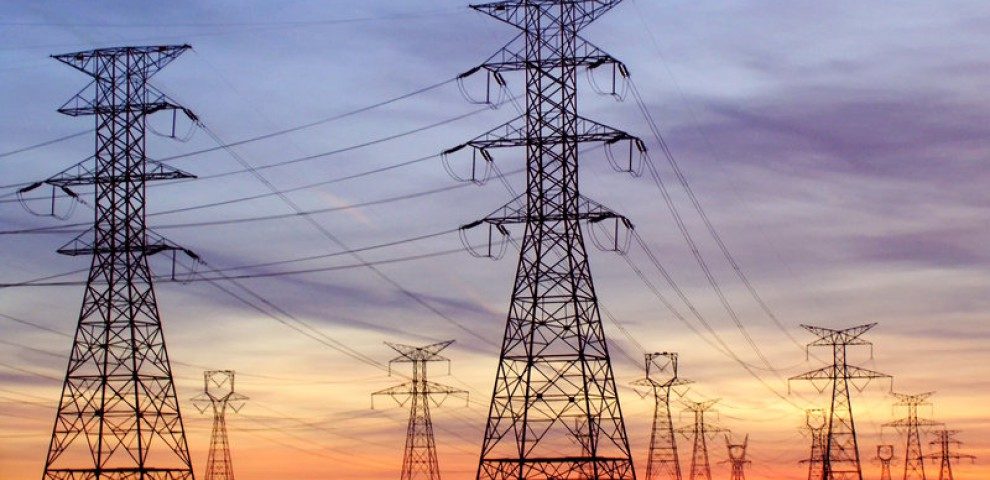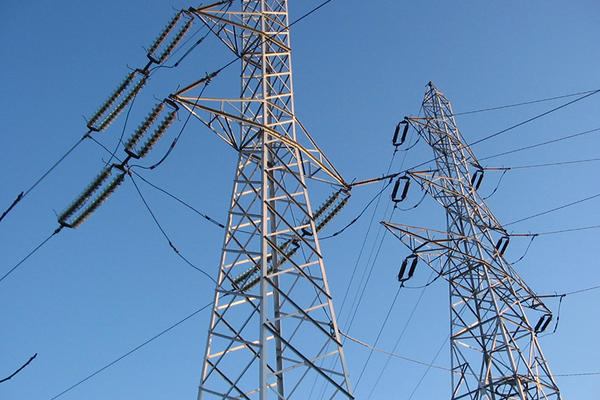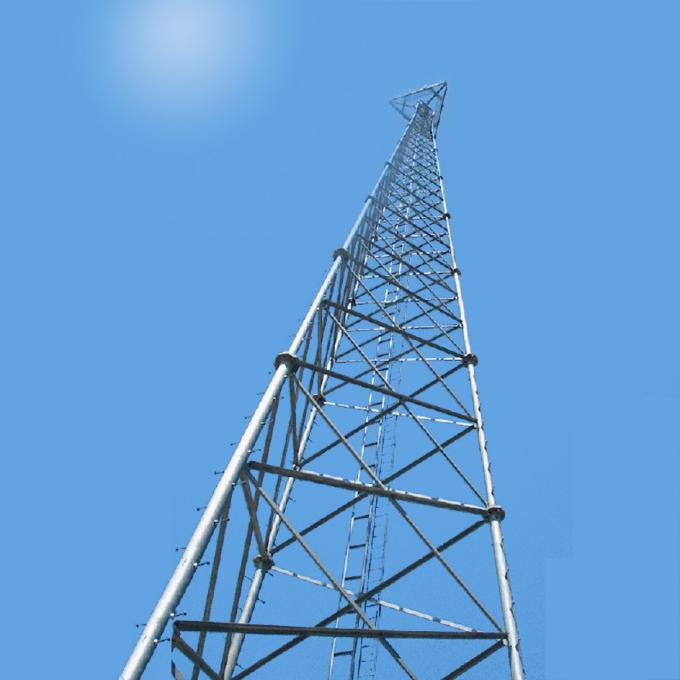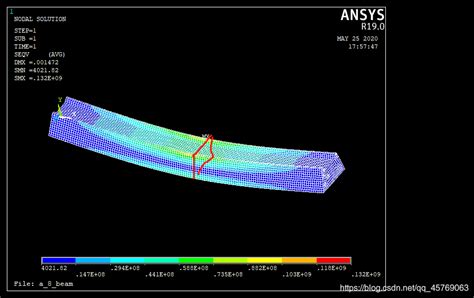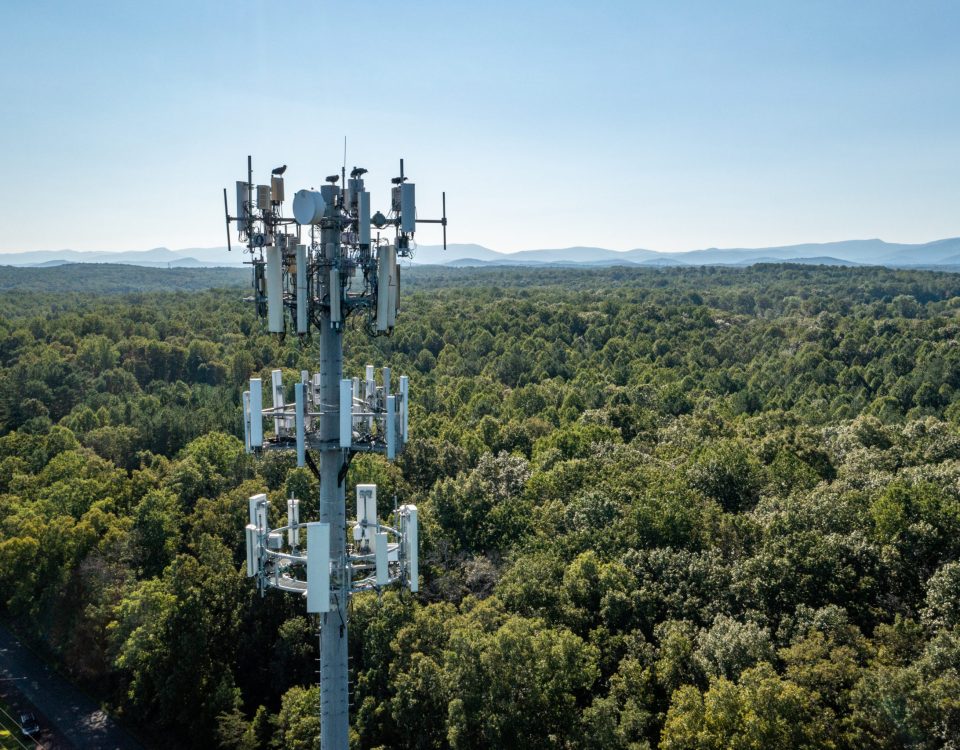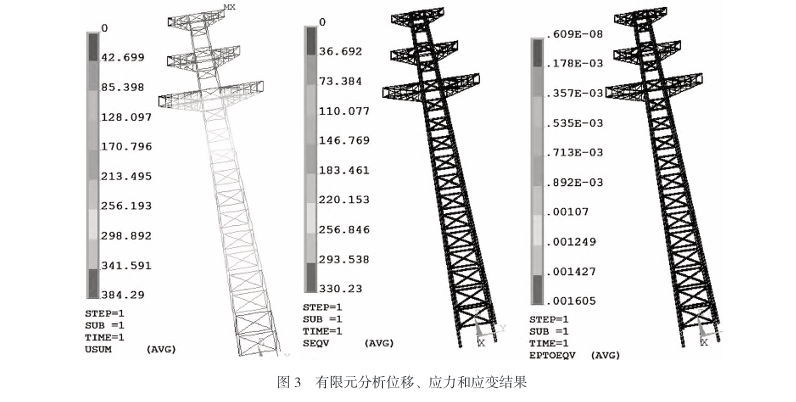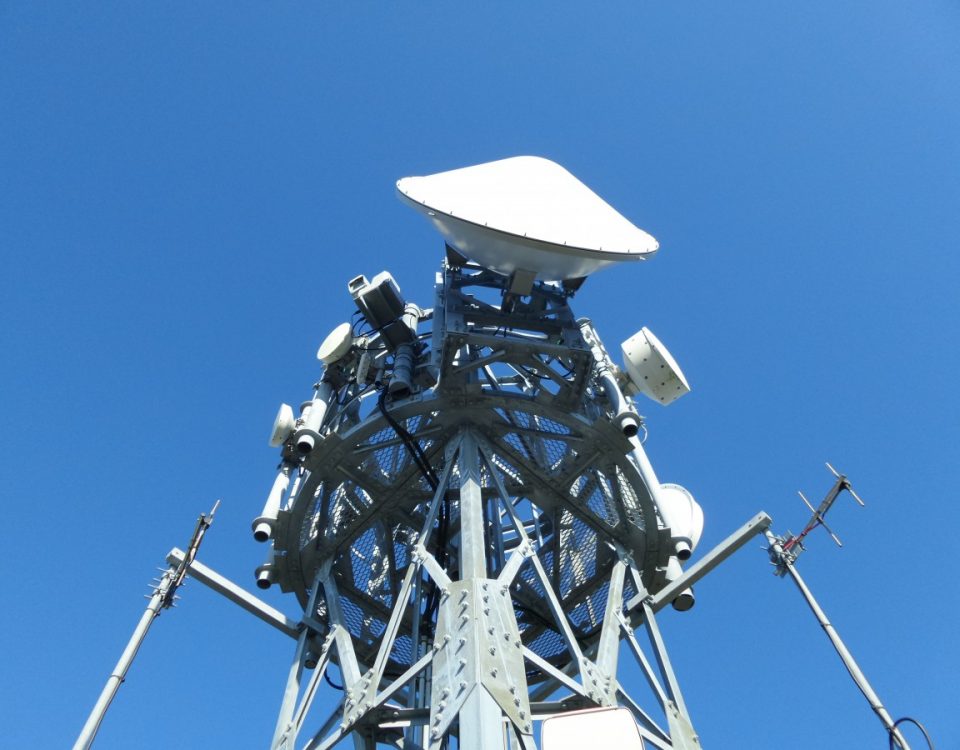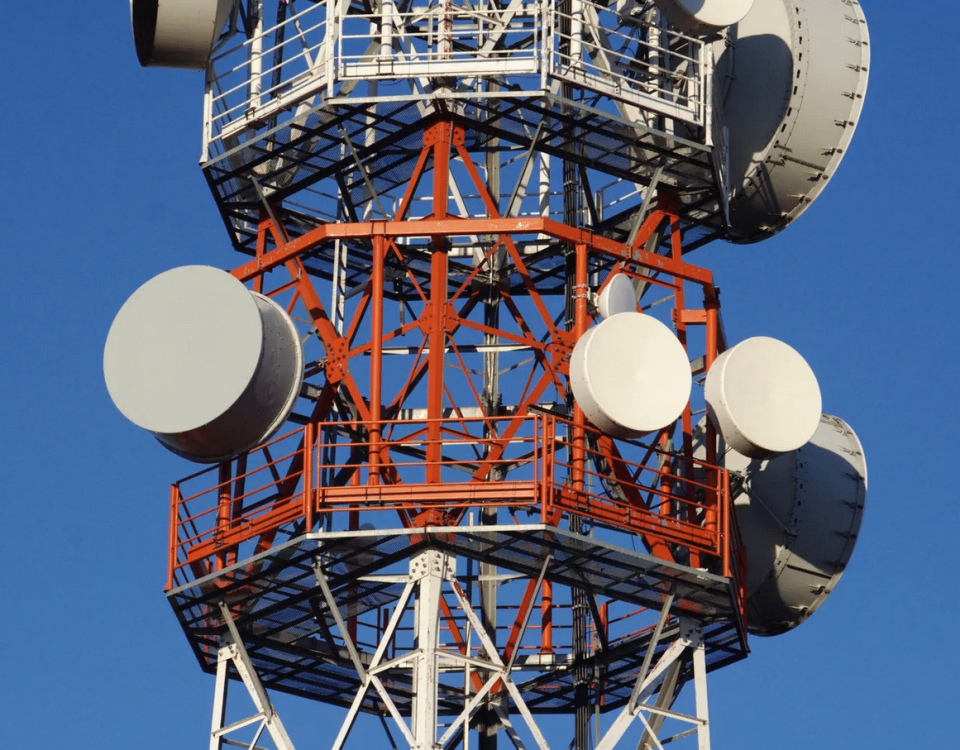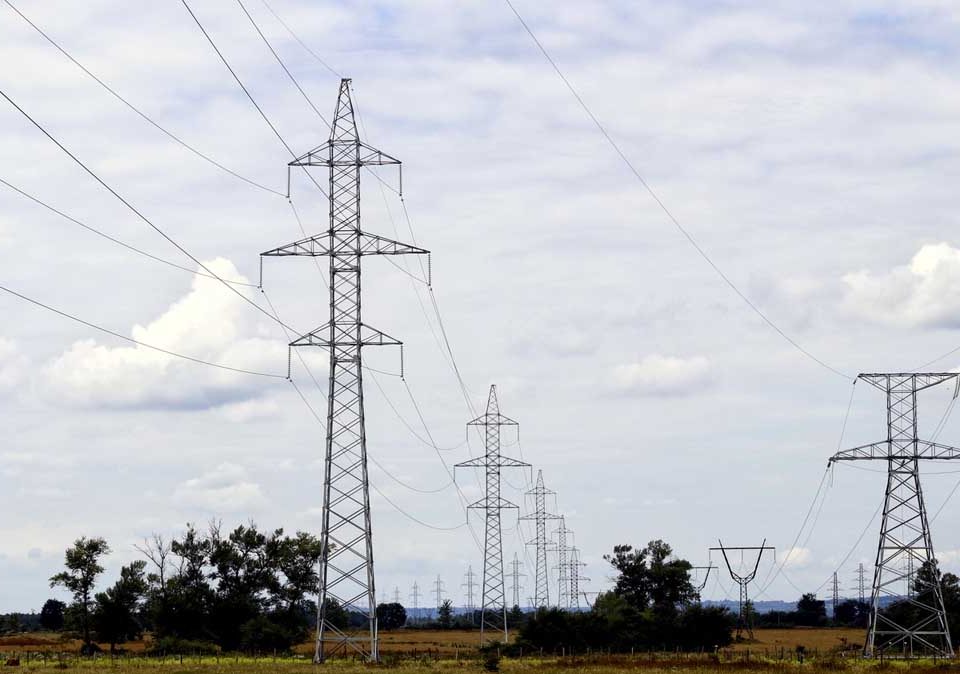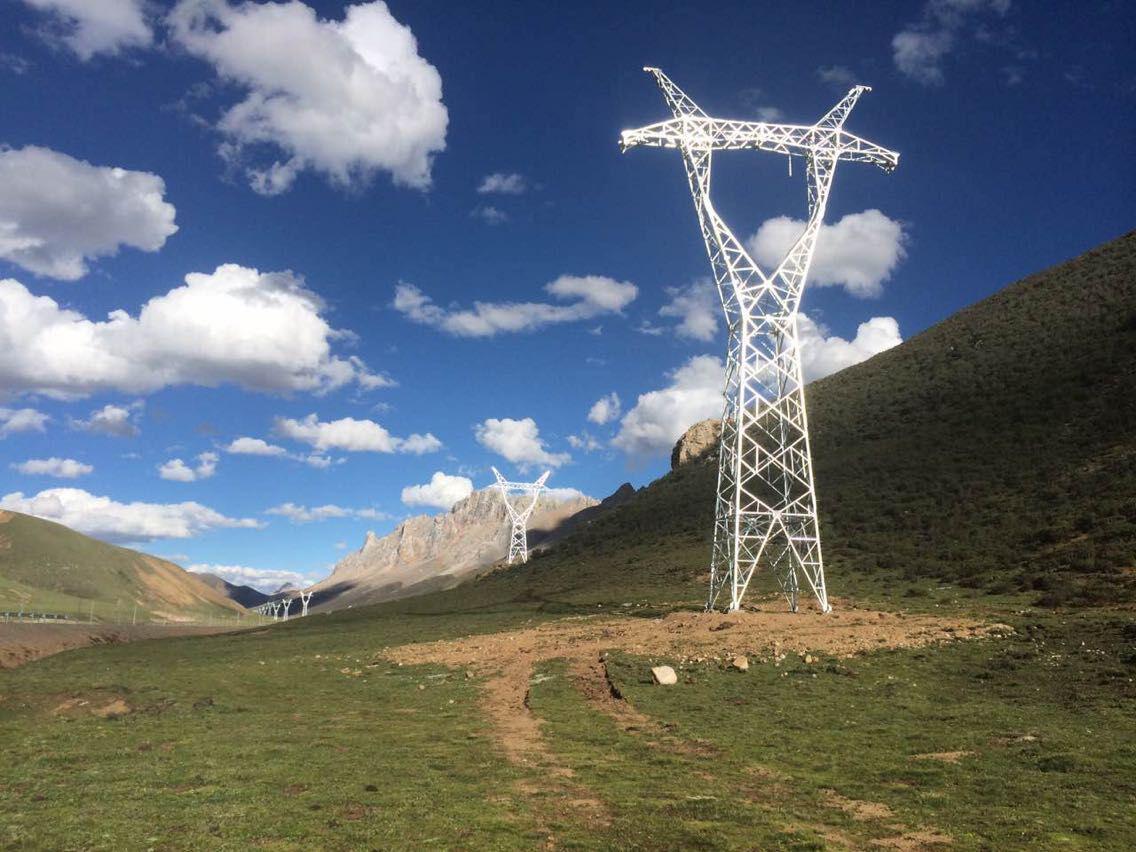
What are the types of High-Voltage Transmission Line ?
April 1, 2018
132kv,230kv,380kv,400kv Transmission Line Steel Tower Design Loads
April 2, 2018How To Choosing The Right Transmission Line steel tower For You ?
Select steel tower based on voltage
• High-voltage (230-kV, 345-kV, 400-kV (DC), 500-kV (DC):
Currently in Toronto, the high-voltage system is generally comprised of 230-kiloVolt and 345-kV systems. There are also two direct current (DC) lines, one of 400-kV and one at 500-kV.
Structures are generally steel lattice towers, wooden H-Frames or single-pole steel. (photos below of each).
• Lower voltage transmission systems:
161-kV and 115-kV systems are responsible for transmitting power from the larger transmission system and generation facility throughout the entire state. Some large industrial customers may be served directly from 161-kV and 115-kV systems.
161-kV and 115-kV structures are generally single pole structures between 70 and 95 feet tall.
69-kV through 23-kV systems transmit power to distribution substations. These also provide connection to some of the more remote and sparsely populated areas in greater Toronto. Many smaller and rural industrial customers receive power directly from these systems.
Structures are generally single pole towers, constructed of either wood or steel and range from 50-70 feet tall.
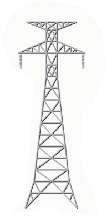 |
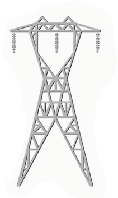 |
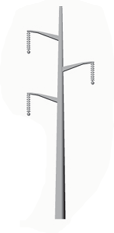 |
 |
|
Transmission Nominal Voltage: +/- 400 kV HVDC |
Transmission Nominal Voltage: 500 kV |
Transmission Nominal Voltage: 345 kV
Type: Double Ckt Pole Typical Tower Height: 115-150 feet Typical Right-of-Way Width: 140-160 feet |
Transmission Nominal Voltage: 230 kV
Type: H-Frame Typical Tower Height: 60-90 feet Typical Right-of-Way Width: 100-160 feet |
 |
 |
 |
|
|
Transmission Nominal Voltage: 161 kV
Type: Single Pole Typical Tower Height: 70-95 feet Typical Right-of-Way Width: 100-150 feet |
Transmission Nominal Voltage: 115 kV
Type: Single Pole Typical Tower Height: 55-80 feet Typical Right-of-Way Width: 90-130 feet |
Transmission Nominal Voltage: 69 kV
Type: Single Pole Typical Tower Height: 50-70 feet Typical Right-of-Way Width: 70-100 feet |
|
Choose different towers according to the use of steel type
Solid steel rod, hollow round tube and angular steel are the most popular types of steel used to construct towers. Each material has advantages and disadvantages. These include variations in strength, durability, maintenance requirements and reactions to the environment. The following comparison of advantages and tradeoffs reveals that welded solid steel rod construction offers numerous advantages when compared to alternative types of construction.
Solid Steel Rod
Advantages:
Lower drag coefficients than angular steel construction to minimize wind and ice loading.
Highest corrosion resistance for a longer predictable life.
Solid construction eliminates potential for corrosion from the inside out as may occur in hollow round tube construction.
Increased material thickness compared to angular members.
In-factory welded construction is superior from a maintenance and performance perspective and yields exceptionally easy in-field installation.
Factory-painted, easy-to-maintain appearance.
Pre-fitted design allows faster, lower-cost erection.
Disadvantages:
May be heavier than angular steel or hollow tube towers
May have slightly higher cost
Hollow Round Tube
Advantages:
Most efficient engineering use of steel
Easy to paint, like solid steel rods
Disadvantages:
Drain holes in tower legs tend to plug with debris, hold moisture and begin to rust from the inside out.
Usually field assembled (rather than factory assembled), increasing likelihood of discovering a poor fit in the field.
Angular Steel
Advantages:
Most economical to manufacture
Most economical to ship to tower site
Disadvantages:
Towers are essentially manufactured in the field, so the quality of the tower is in the hands of the field installation crew.
Difficult to paint due to angular design.
Requires additional maintenance, such as retightening of the mechanical fasteners which hold the tower together to torque specifications.
Most difficult and costly erection.
Aerodynamically inferior to hollow tube and solid steel rod on a component-by-component basis.
.
Related posts
The analysis of the bearing capacity of a power transmission line steel tower highlights the complexity and importance of structural and foundation design. By understanding the interplay of loads, material properties, and environmental factors, engineers can optimize tower performance and ensure reliability in power networks. Tables and case studies further illustrate best practices and design considerations.

